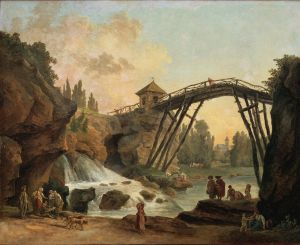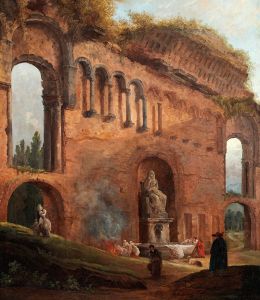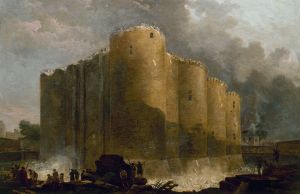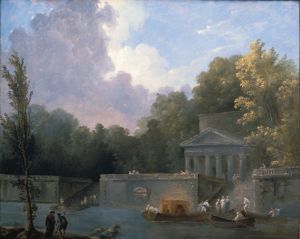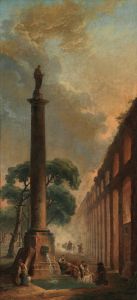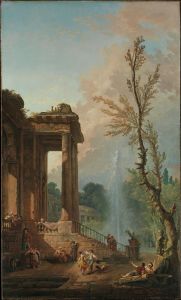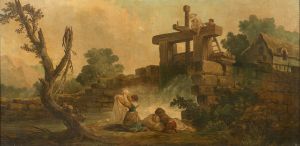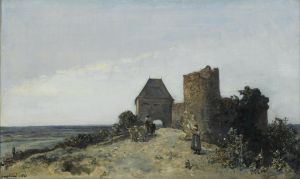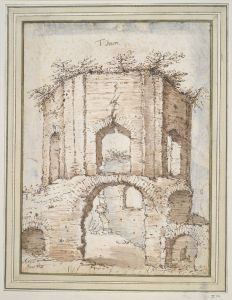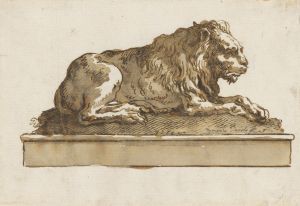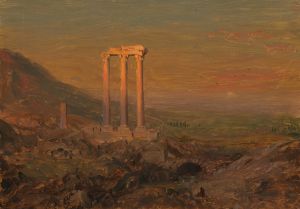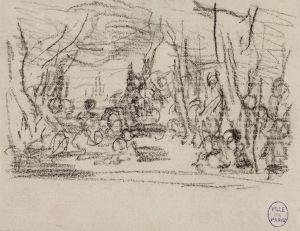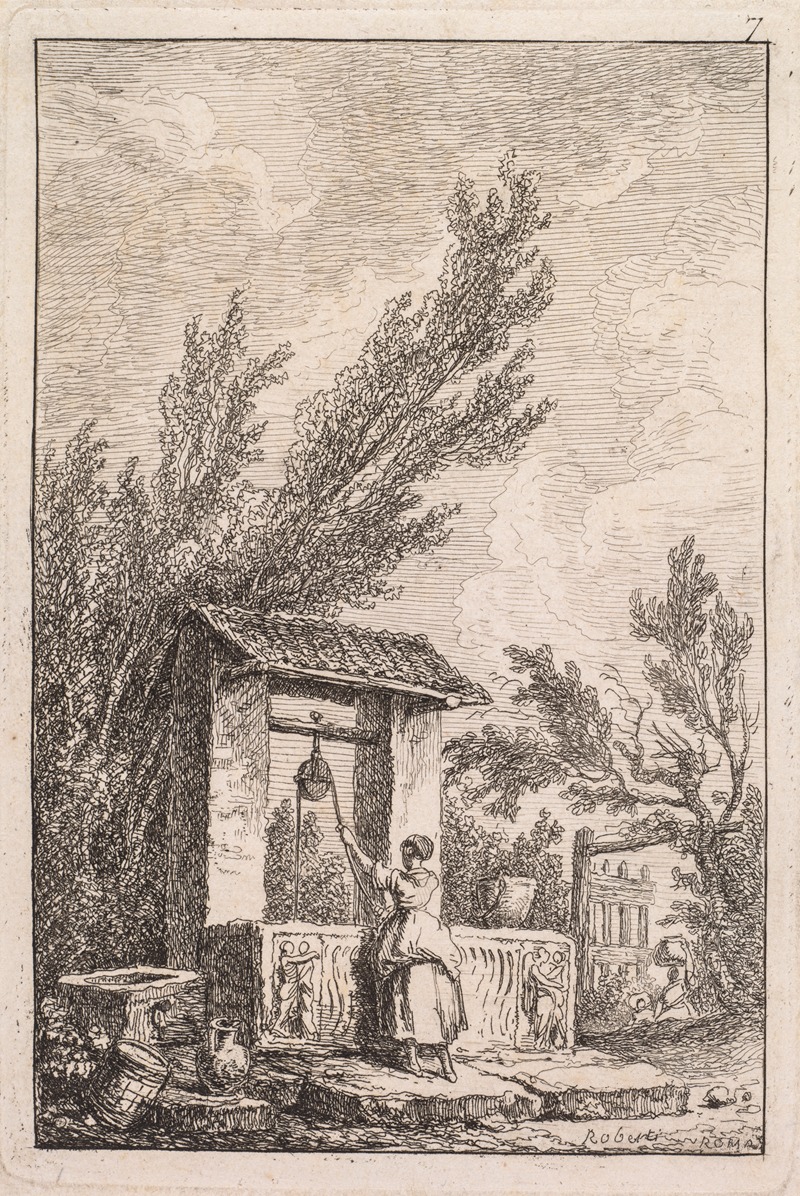
Le Puits
A hand-painted replica of Hubert Robert’s masterpiece Le Puits, meticulously crafted by professional artists to capture the true essence of the original. Each piece is created with museum-quality canvas and rare mineral pigments, carefully painted by experienced artists with delicate brushstrokes and rich, layered colors to perfectly recreate the texture of the original artwork. Unlike machine-printed reproductions, this hand-painted version brings the painting to life, infused with the artist’s emotions and skill in every stroke. Whether for personal collection or home decoration, it instantly elevates the artistic atmosphere of any space.
Hubert Robert's painting Le Puits (translated as The Well) is a work by the renowned French artist, who was celebrated for his depictions of architectural ruins, landscapes, and scenes of daily life. Hubert Robert (1733–1808) was a prominent figure in 18th-century French art, known for his ability to blend imagination with reality, often creating evocative and romanticized visions of the past.
Le Puits is an example of Robert's skill in capturing the interplay between architecture and human activity. The painting depicts a well, likely situated in a rustic or semi-urban setting, surrounded by figures engaged in everyday tasks. The composition reflects Robert's interest in the integration of human presence within architectural spaces, a recurring theme in his oeuvre. His works often evoke a sense of nostalgia and timelessness, and Le Puits is no exception, showcasing his ability to transform ordinary scenes into poetic and atmospheric images.
Robert's artistic style was heavily influenced by his time in Italy, where he studied and worked from 1754 to 1765. During his stay in Rome, he was inspired by the ruins of ancient architecture and the Italian countryside, elements that frequently appear in his paintings. While Le Puits does not explicitly depict classical ruins, it shares the artist's characteristic attention to architectural detail and his fascination with the passage of time.
The painting is executed in oil on canvas, a medium Robert commonly used. His technique is marked by loose, fluid brushstrokes and a warm, luminous palette, which lend his works a sense of vibrancy and immediacy. In Le Puits, these qualities likely enhance the depiction of light and shadow, as well as the textures of stone, water, and foliage.
Hubert Robert's works, including Le Puits, were highly regarded during his lifetime. He held prestigious positions, such as being appointed a member of the Royal Academy of Painting and Sculpture in 1766 and later serving as the curator of paintings at the Louvre Museum. His art was appreciated for its ability to evoke emotion and imagination while remaining grounded in the observation of real-life settings.
Specific details about the provenance or current location of Le Puits are not readily available in public records. However, many of Robert's works are housed in major museums and private collections worldwide, including the Louvre, the Hermitage Museum, and the National Gallery of Art.
This concise overview of Le Puits highlights Hubert Robert's artistic vision and his enduring legacy as a master of atmospheric and evocative painting.





